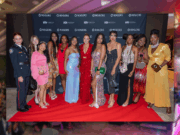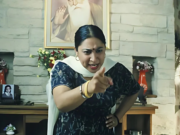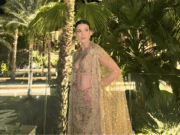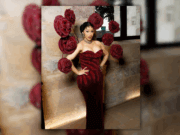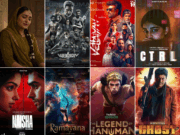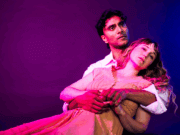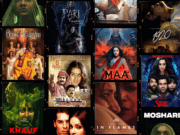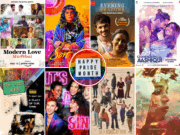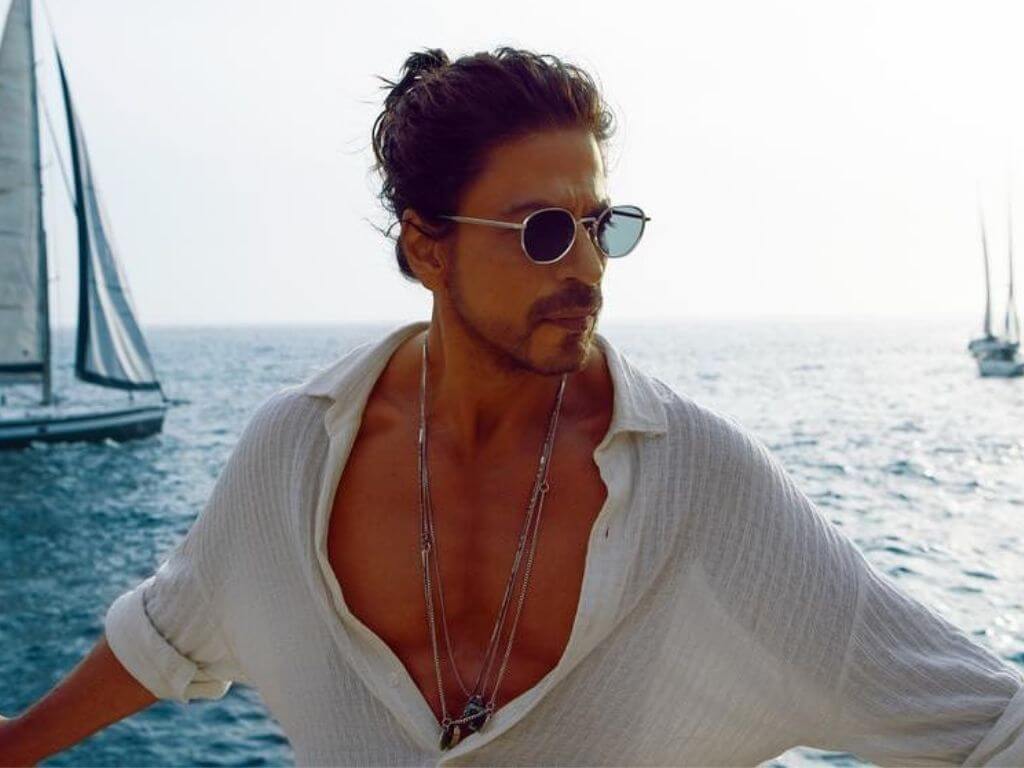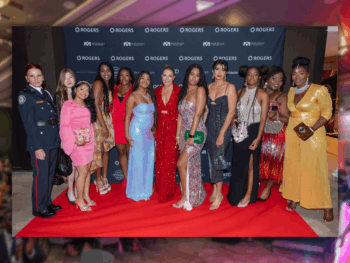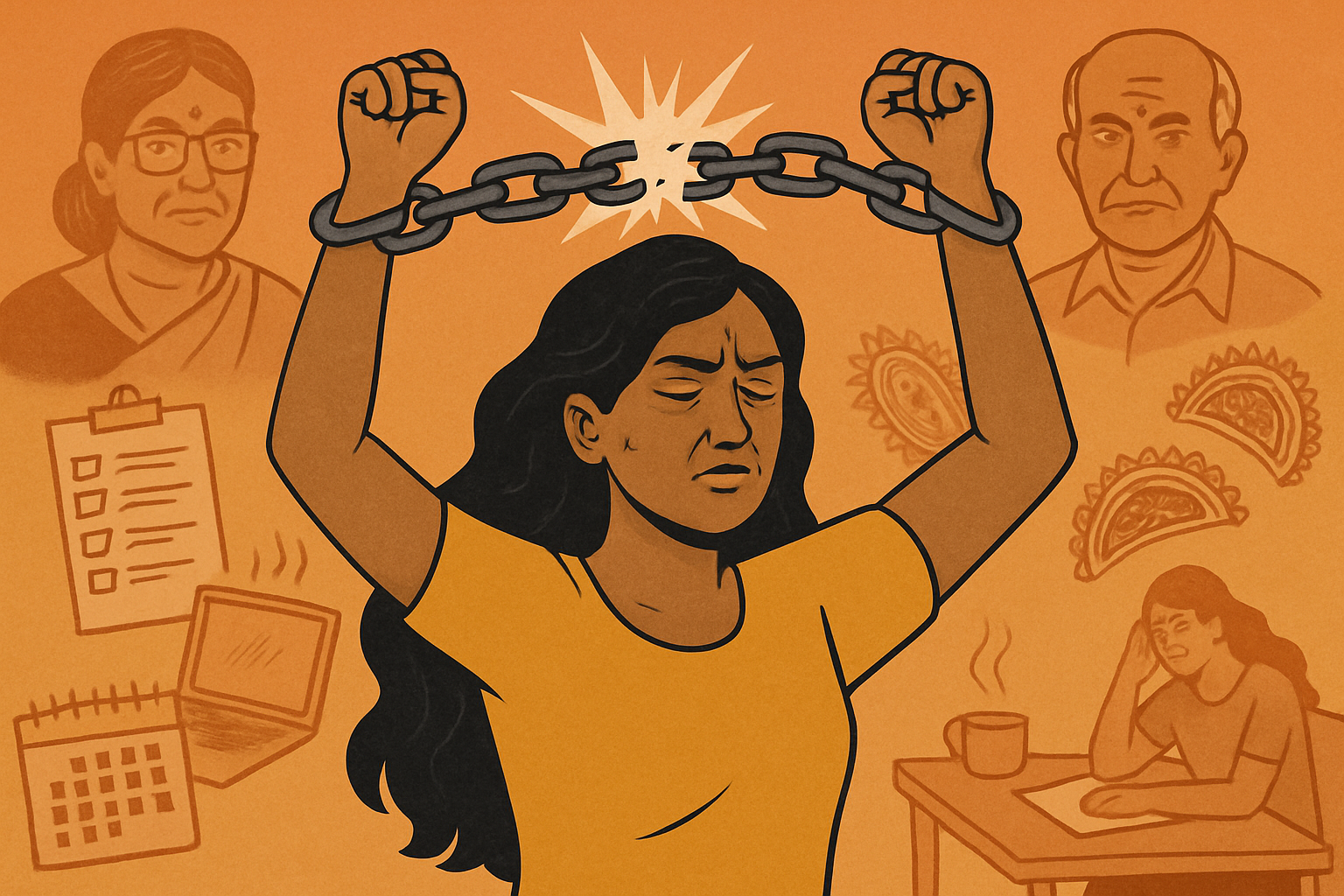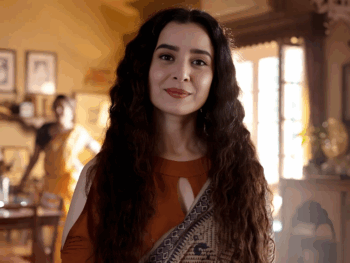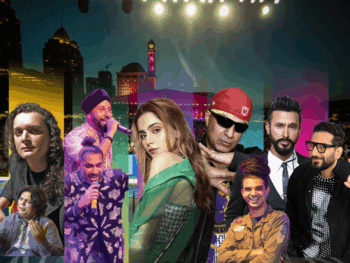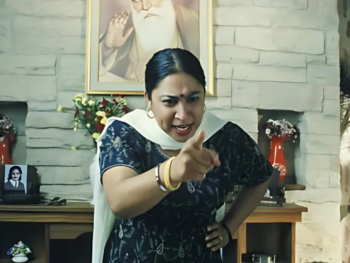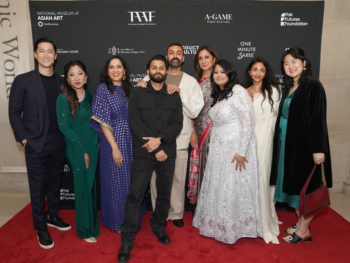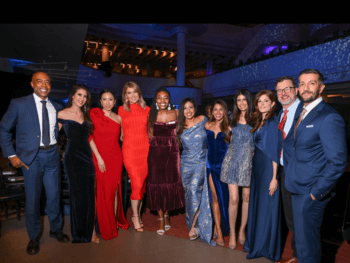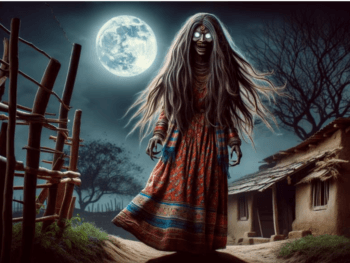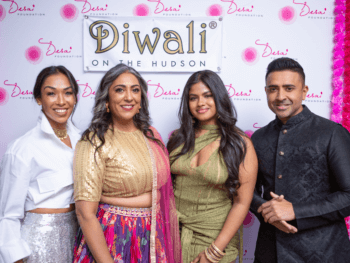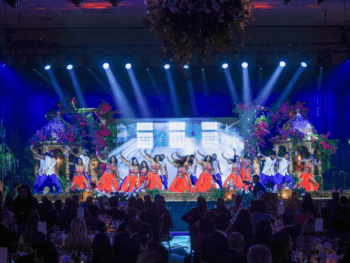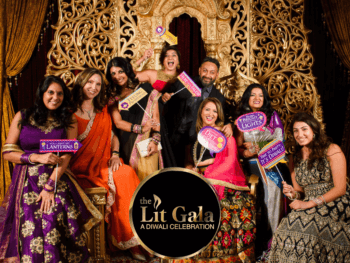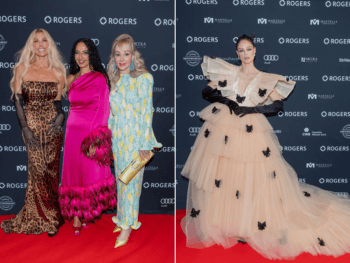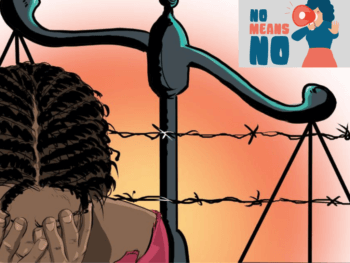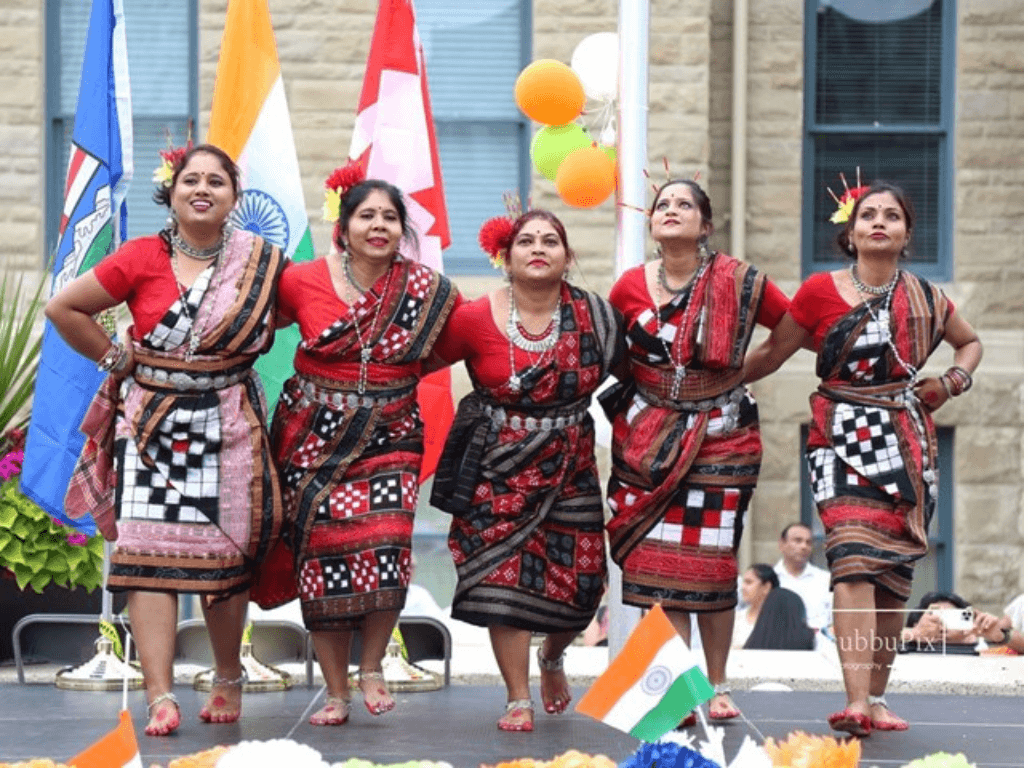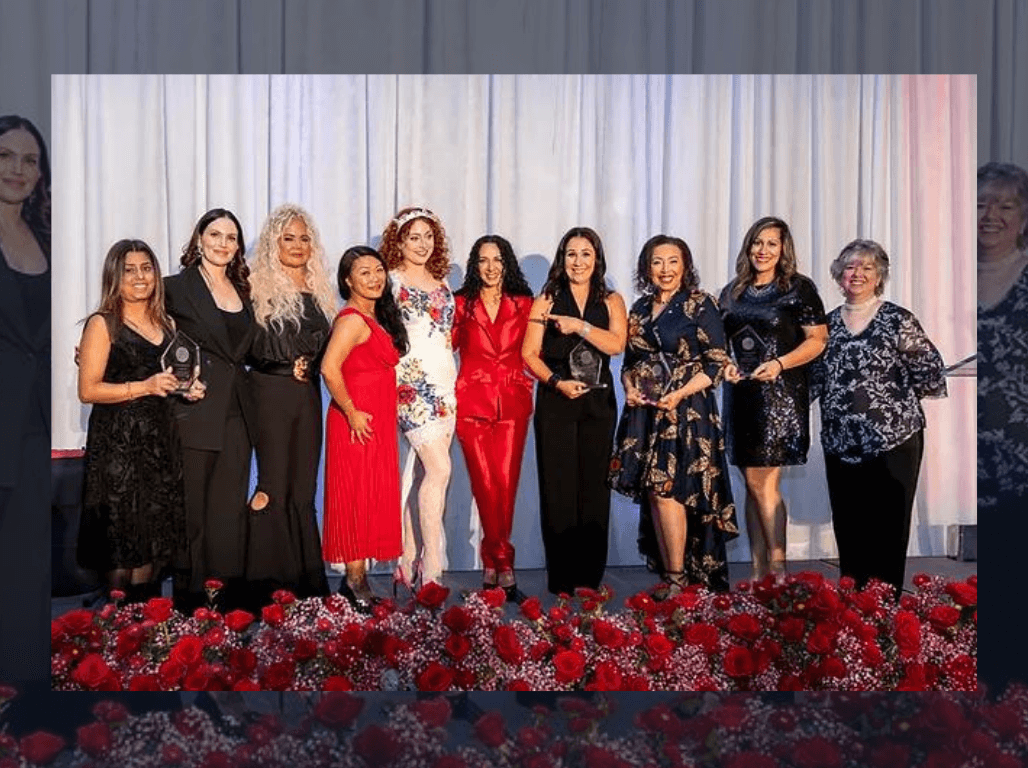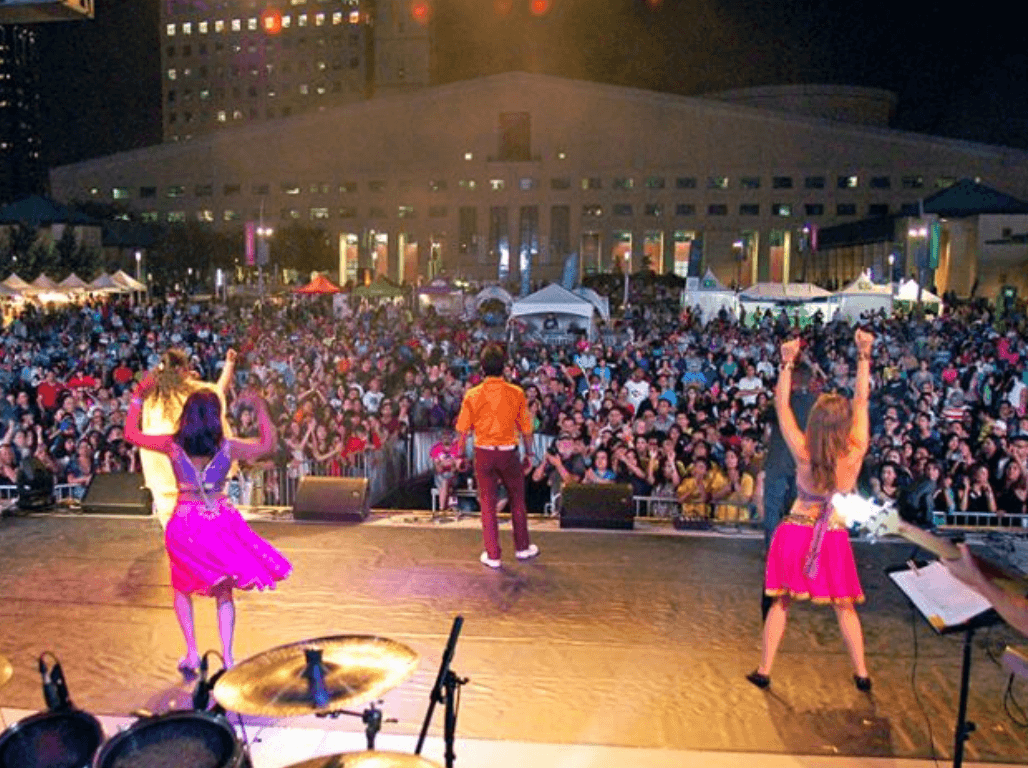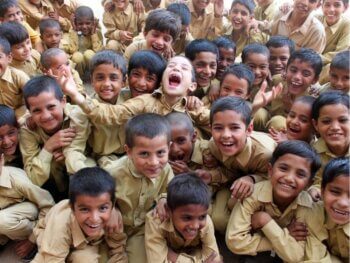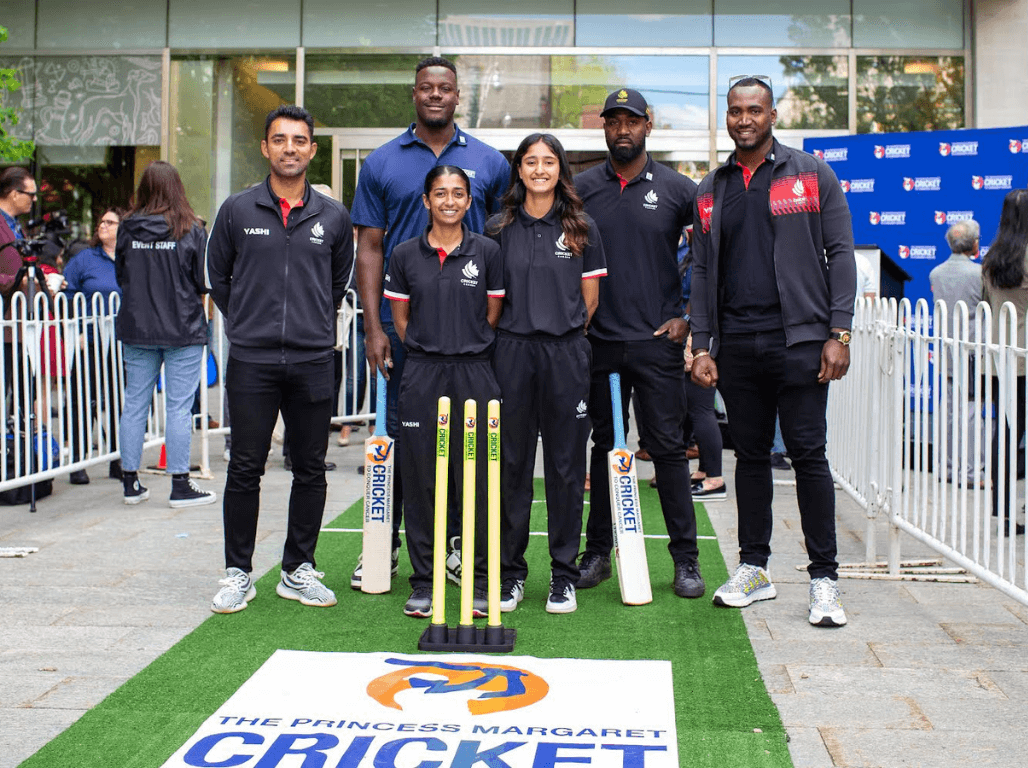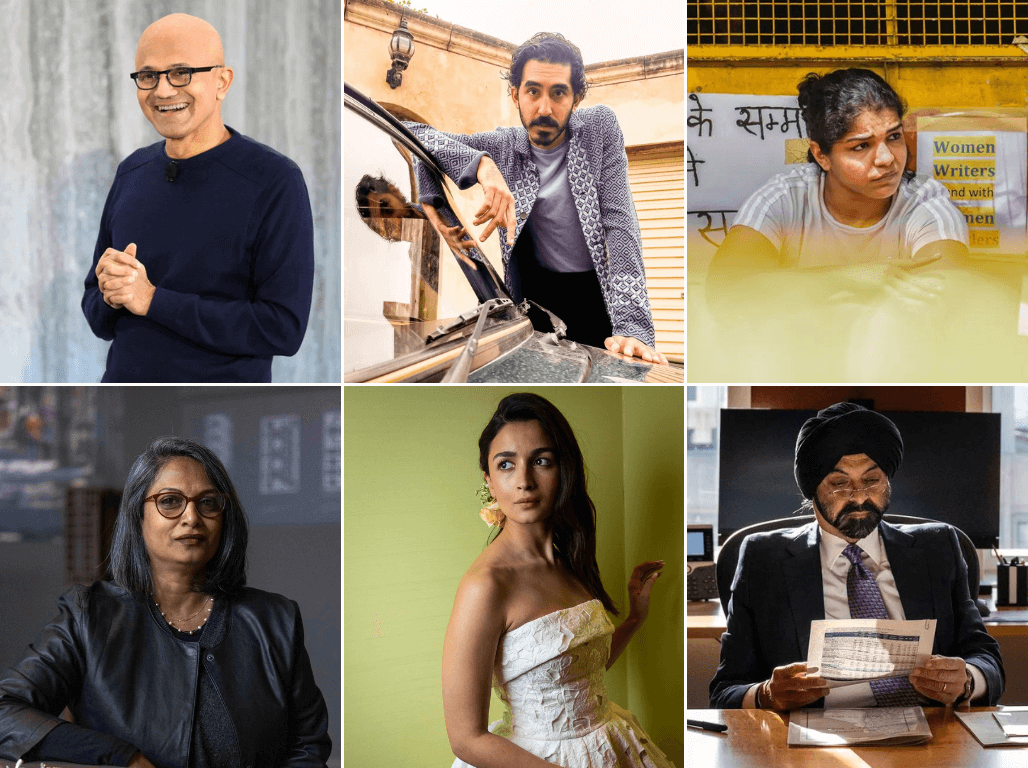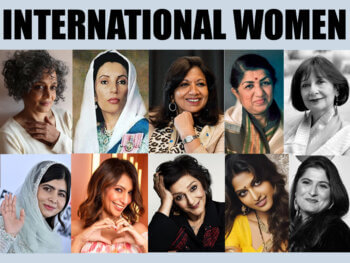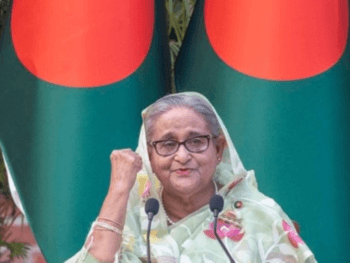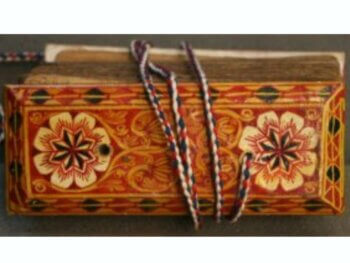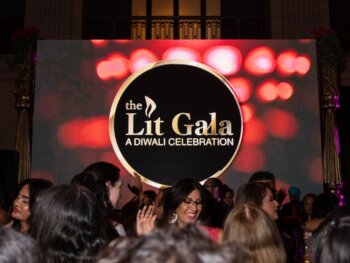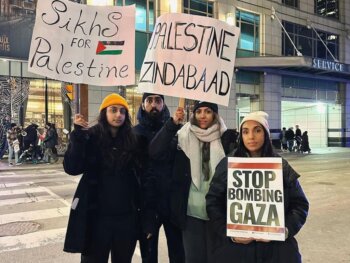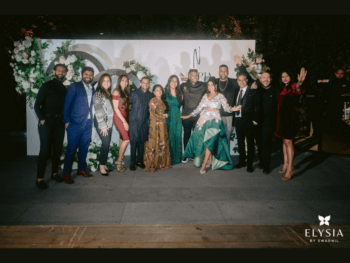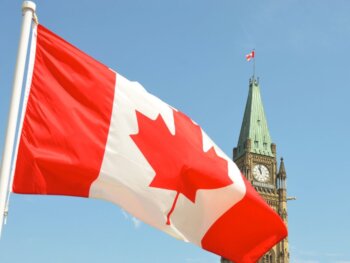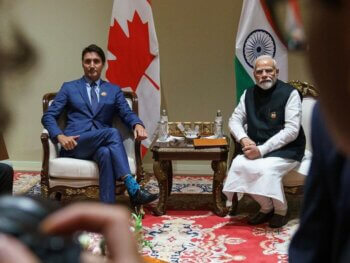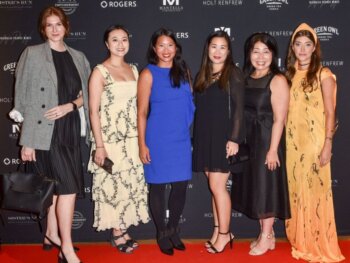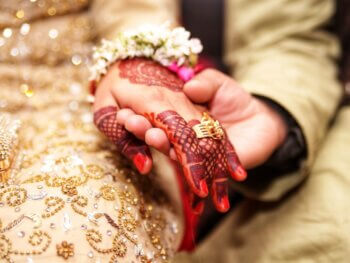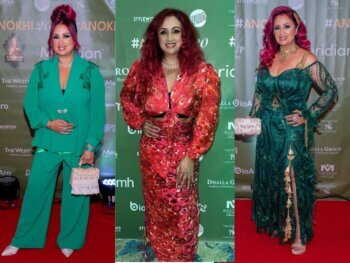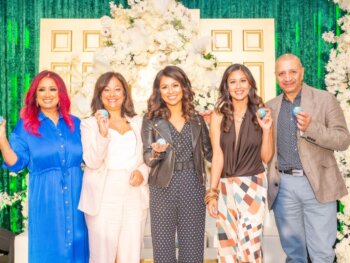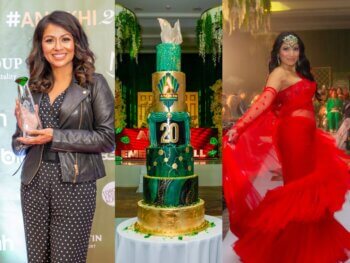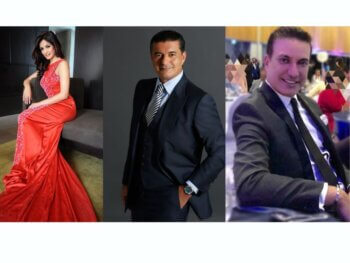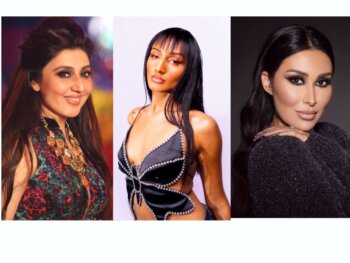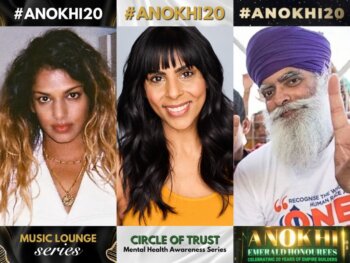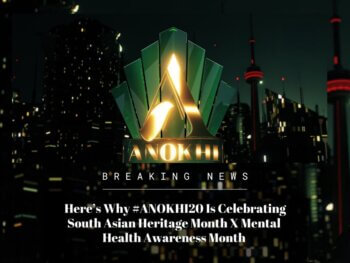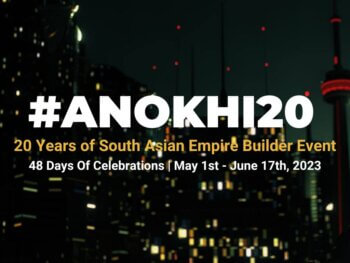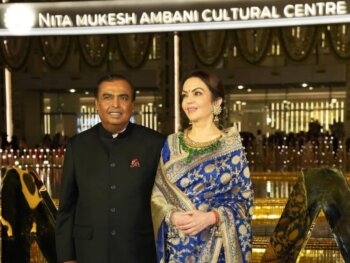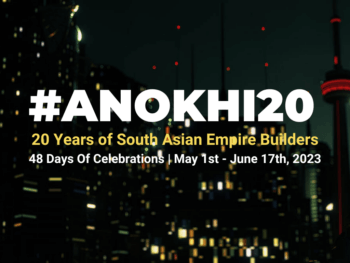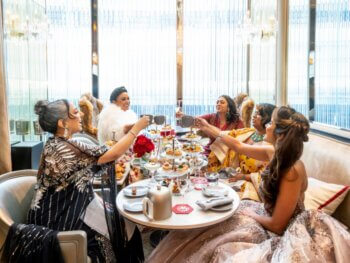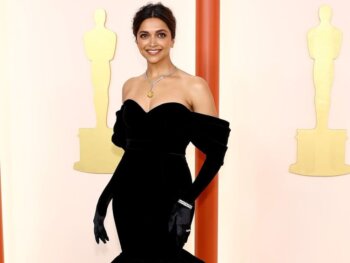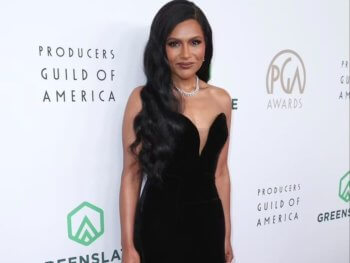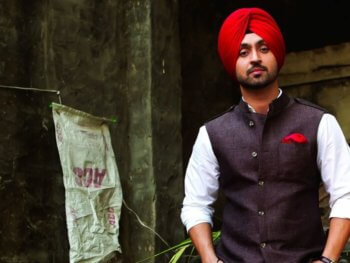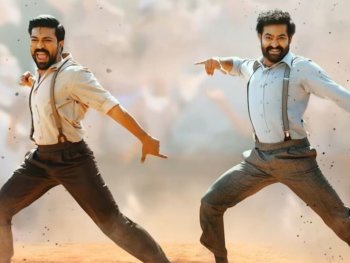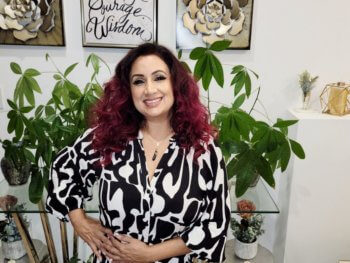When it comes to certain esthetics the “Metrosexual” look has been capturing the attention of a key demographic since it was coined back in the early 2000s. However as with any trend which comes across as timeless, there has been certain changes and reinterpretations on this classic look. Our contributor Tushar Unadkat takes a closer look at breaking stereotypes and beyond the razor’s edge and asks are we ready to redefine ‘normal’?.
[About the contributor: Internationally celebrated, award-winning media personality and author of several lifestyle articles, Tushar Unadkat, is the CEO, Creative Director of MUKTA Advertising, Founder, and Executive Director of Nouveau iDEA, Canada. He holds a Master of Design from the University of Dundee, Scotland, and BA Honors in Photography from the University of Wolverhampton, England.]
The term “metrosexual” is a fusion of “metropolitan” and “heterosexual,” gaining prominence in the early 2000s to describe a man meticulous about grooming and appearance, often associated with urban living. This concept challenges traditional masculinity stereotypes by embracing elements traditionally linked to femininity, such as a focus on fashion, skincare, and personal grooming.
Societal norms evolve across time and cultural contexts, underscoring the importance of recognizing the widespread discussion of the term. Large cosmopolitan cities, celebrated for their diversity and progressive attitudes, often exhibit heightened acceptance of various lifestyles and personal expressions.
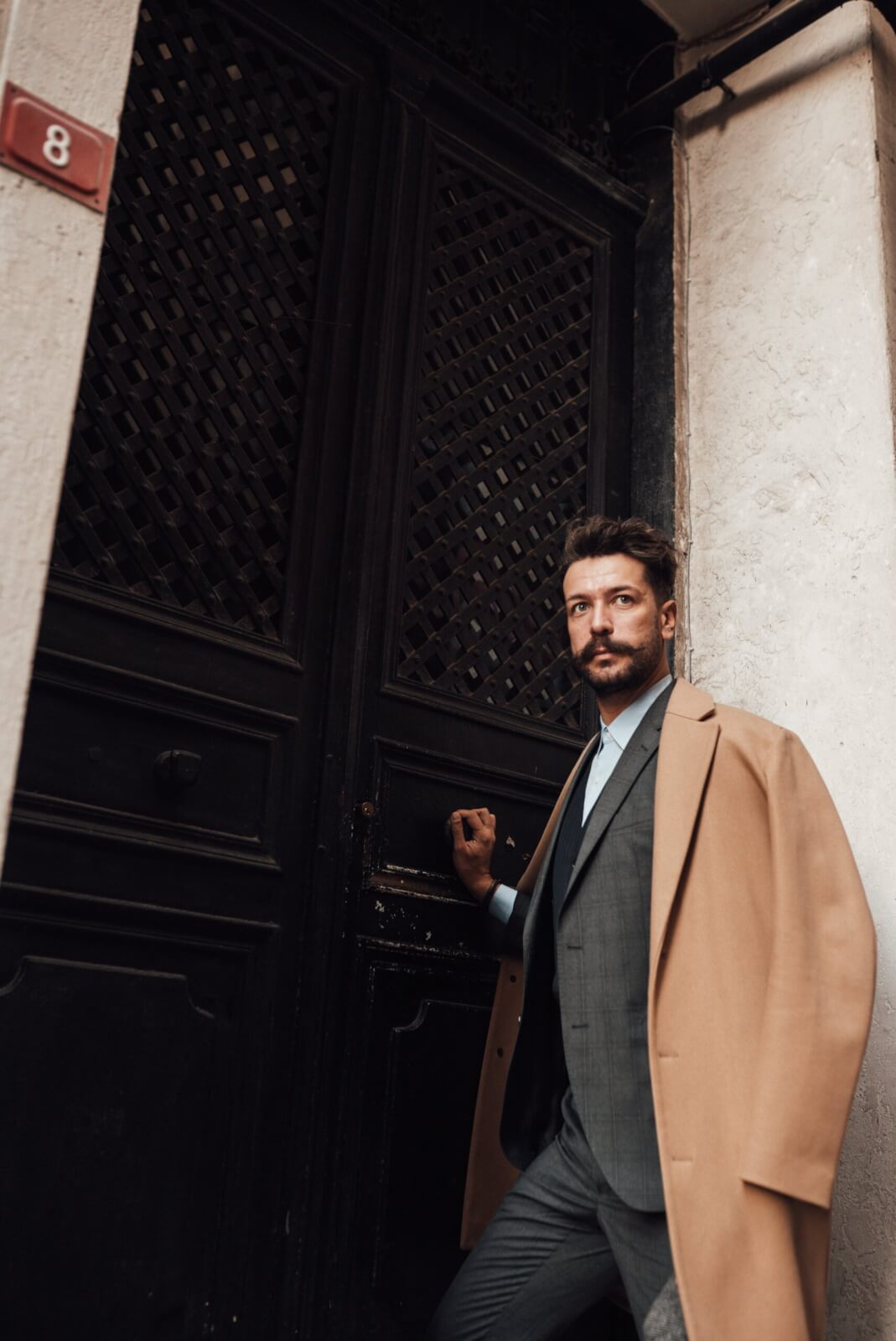
Let us delve into how the concept of metrosexuality unfolds in global metropolises renowned for their fashion-forward culture, diverse lifestyles, and progressive attitudes:
- New York City, USA: A trendsetter in fashion and lifestyle, celebrated for its diversity and acceptance of various identities.
- London, UK: A global fashion capital embracing diverse styles with a vibrant LGBTQ+ community.
- Paris, France: Known for its iconic fashion scene, at the forefront of style and artistic expression.
- Berlin, Germany: Recognized for an open-minded and inclusive atmosphere, attracting a diverse population.
- Tokyo, Japan: A trendsetting city with a unique street fashion scene and a culture that embraces individuality.
- Amsterdam, Netherlands: Known for liberal and tolerant attitudes, creating an inclusive environment.
- Sydney, Australia: A multicultural city with a progressive attitude, particularly in neighborhoods like Surry Hills and Newtown.
The concept of “metrosexuality” does not universally apply, with its characteristics varying globally. Additionally, attitudes toward fashion and personal expression are highly individual and can differ within any given location.
These urban centers likely encompass a broad spectrum of attitudes toward personal grooming and fashion choices, with individuals embracing diverse styles and expressions. However, it is crucial to avoid generalizations, recognizing that people’s attitudes and behaviors are highly individual, even within the same city.
In recent years, there has been a growing emphasis on individuality and self-expression globally, extending beyond metropolitan areas and reflecting a shift toward empowering and accepting unique identities.
The term “metrosexual” emerged in the early 2000s, though not many celebrities explicitly identify with it. Examples from that era include:
- David Beckham: Cited for his fashion sense, grooming, and endorsement of skincare brands.
- Brad Pitt: Known for his polished appearance and interest in fashion, embodying metrosexual qualities.
- Ryan Seacrest: Recognized for a well-groomed image and attention to style.
- Tom Ford: Regarded as an icon of metrosexuality due to his influential role in the fashion industry and his style.
- Shah Rukh Khan: Renowned Bollywood actor often celebrated for his suave and stylish persona and for endorsing skincare products.
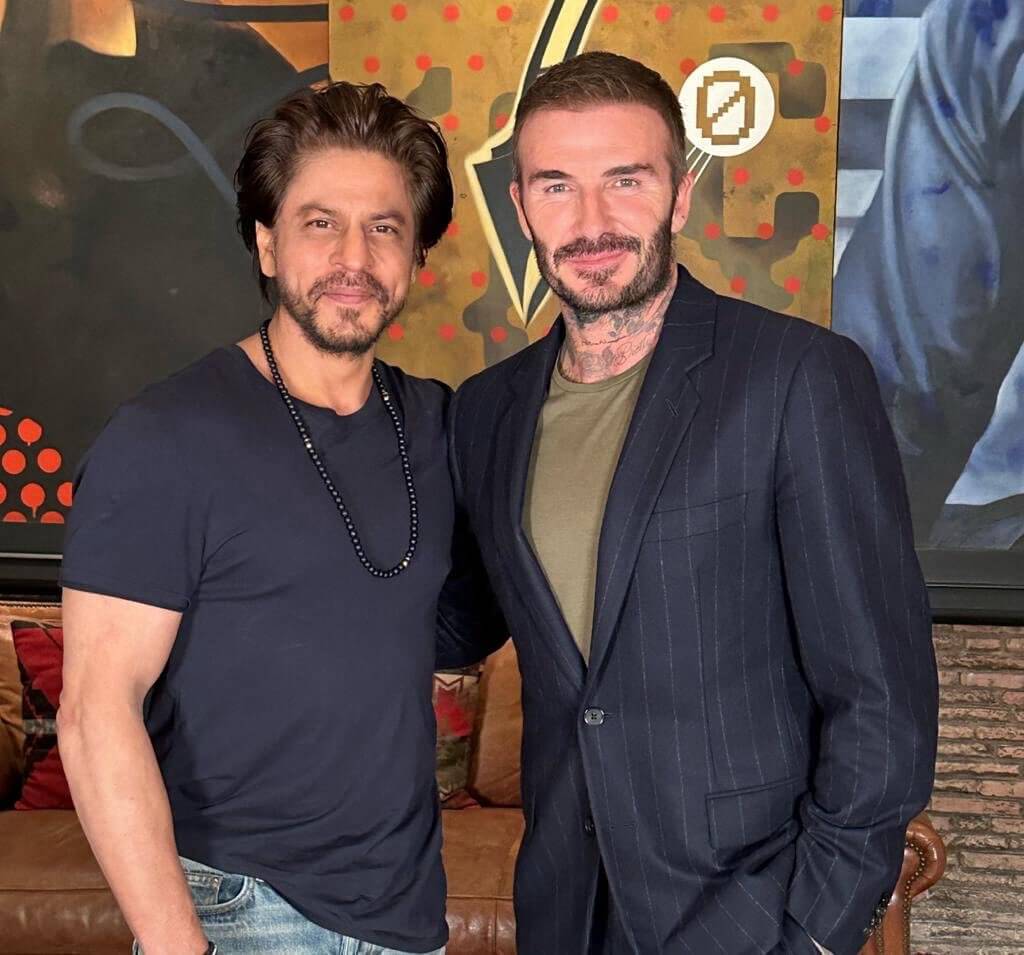
The concept has evolved, and recent examples may not explicitly use the term but embody associated characteristics. Individual expressions of identity are diverse, and not all celebrities conform to traditional gender norms or labels.
Adding a touch of humor, an anonymous comedian once quipped, “Metrosexual is what used to be called a bisexual. They’re the guys who used to like women and now like men.” Rephrase it to “buy-sexual,” and it makes perfect sense, as these are the men actively spending on lifestyle.
For those curious about potential signs of a metrosexual style or grooming preferences, here are five possible indicators:
- Impeccable Grooming: A metrosexual man pays meticulous attention to grooming, including well-manicured nails, a well-maintained hairstyle, and perhaps even a skincare routine. He may also be knowledgeable about grooming products.
- Fashion Conscious: A metrosexual man tends to be fashion-forward, investing time and effort into selecting stylish clothing. He keeps up with the latest trends and takes pride in his personal style.
- Interest in Beauty Products: If he has an extensive collection of skincare products, hair styling items, and perhaps even makeup, it could be a sign of a metrosexual orientation. This interest goes beyond basic hygiene to an appreciation for various beauty products.
- Fitness and Health Consciousness: Many metrosexual individuals prioritize their physical well-being, engaging in regular workouts, focusing on fitness, and perhaps even showing an interest in healthy eating.
- Knowledge of Design and Decor: A metrosexual man might have a keen eye for design and interior decor, showing an interest in creating a stylish and aesthetically pleasing living space.
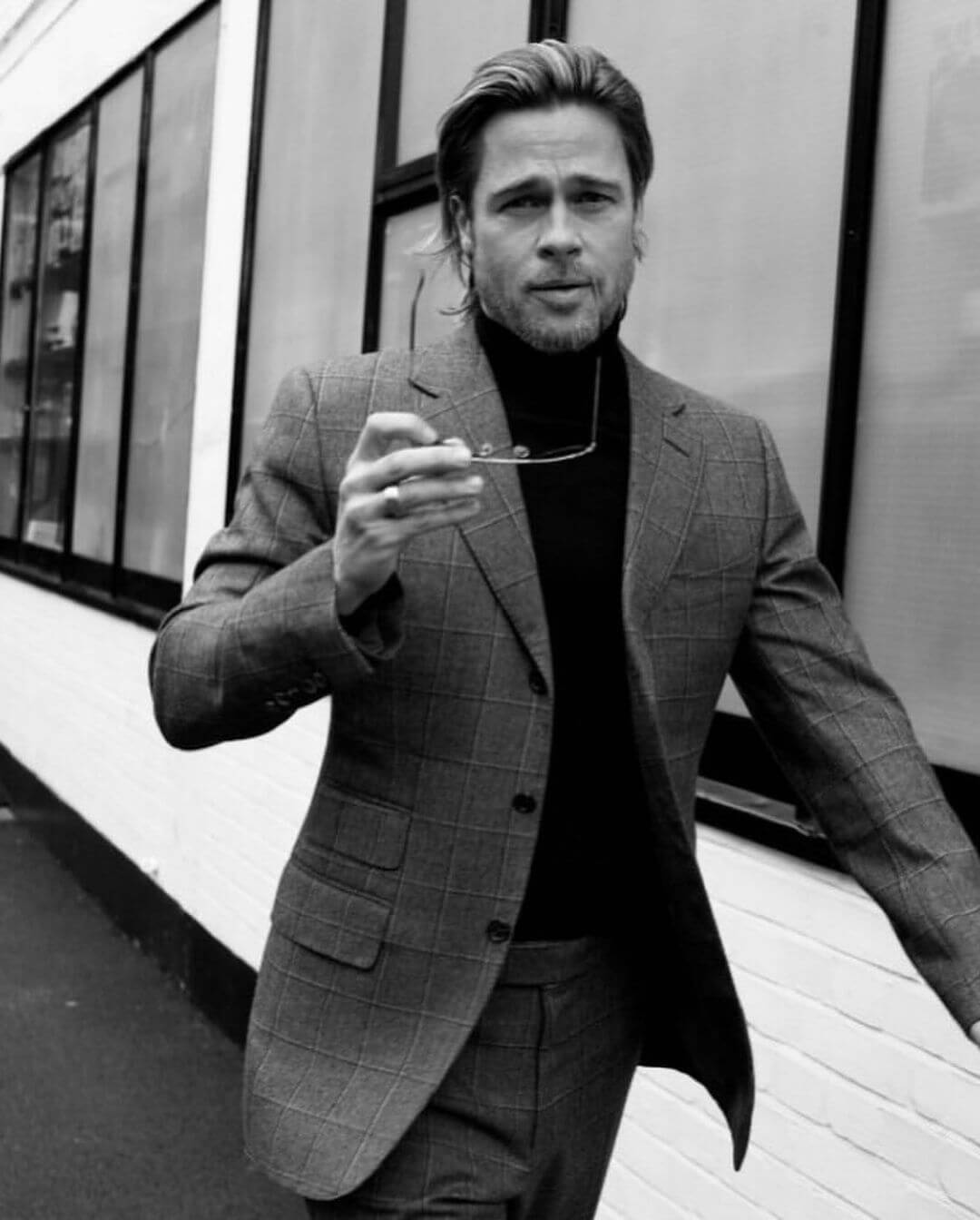
It is crucial to remember that these signs are generalizations, and individuals may express these traits to varying degrees. Moreover, personal preferences and grooming habits can be diverse, with no one-size-fits-all definition of a metrosexual man. Communication and understanding each other’s preferences are key in any relationship.
It is worth noting that the concept of metrosexuality has evolved, and societal attitudes toward gender expression and grooming have become more fluid over time.
Ultimately, perceptions of metrosexuality and “normal” grooming and fashion are subjective, varying based on personal, cultural, and societal factors. Acknowledging and respecting diverse expressions of identity and individual choices is essential.
Main Image Photo Credit: www.instagram.com
Author
Internationally celebrated, award-winning media personality and author of several business and lifestyle articles, Tushar Unadkat, is the CEO, Creative Director of MUKTA Advertising, Founder, and Executive Director of Nouveau iDEA, Canada. He holds a Master of Design from the University of Dundee, S...




